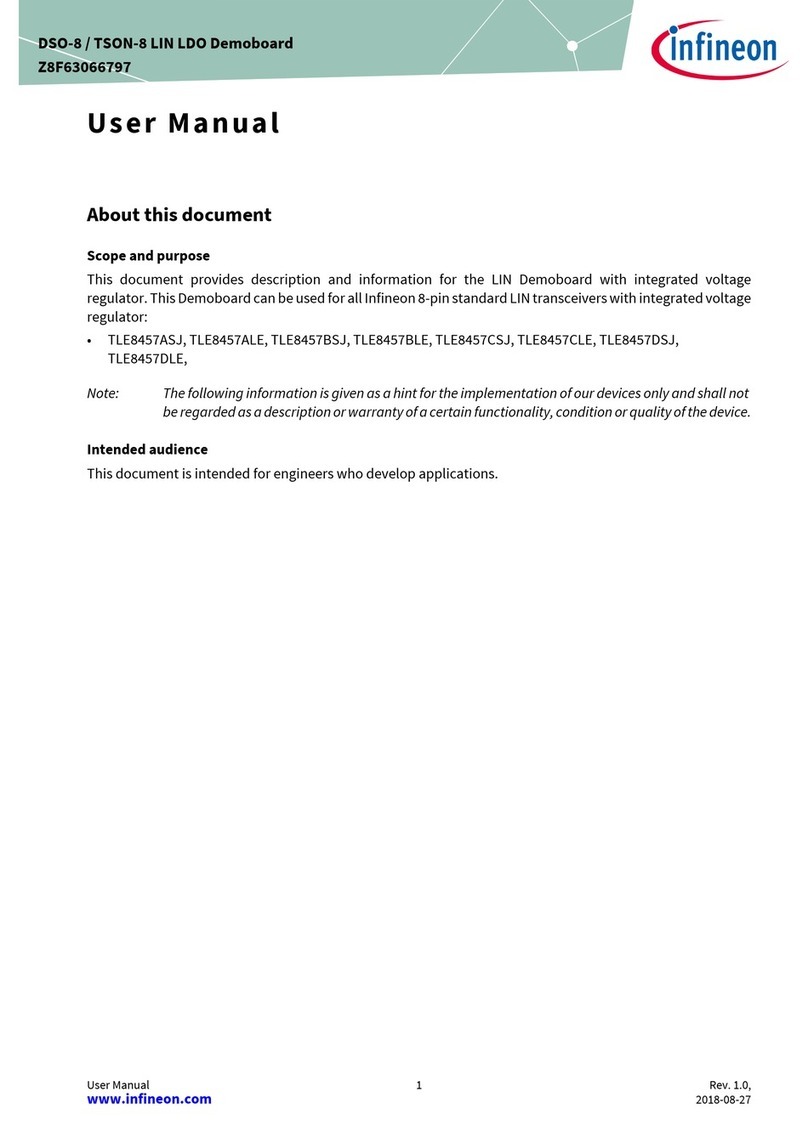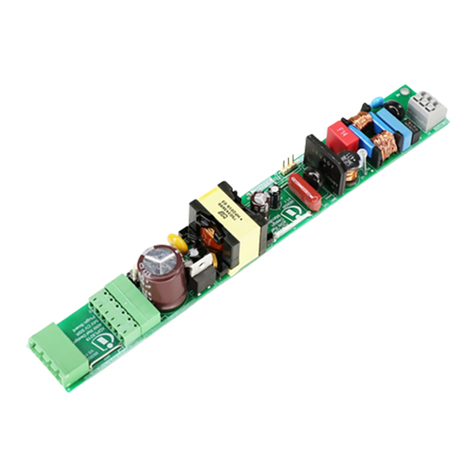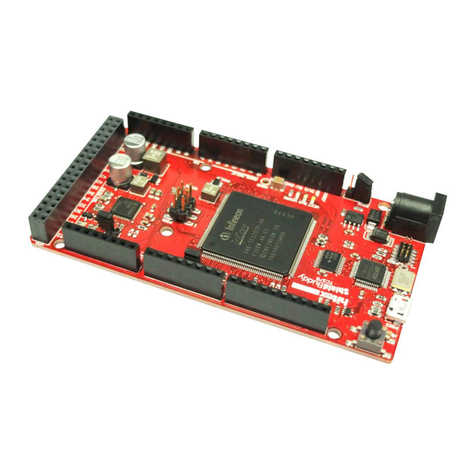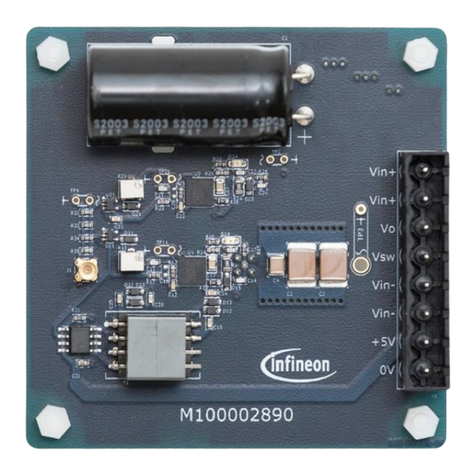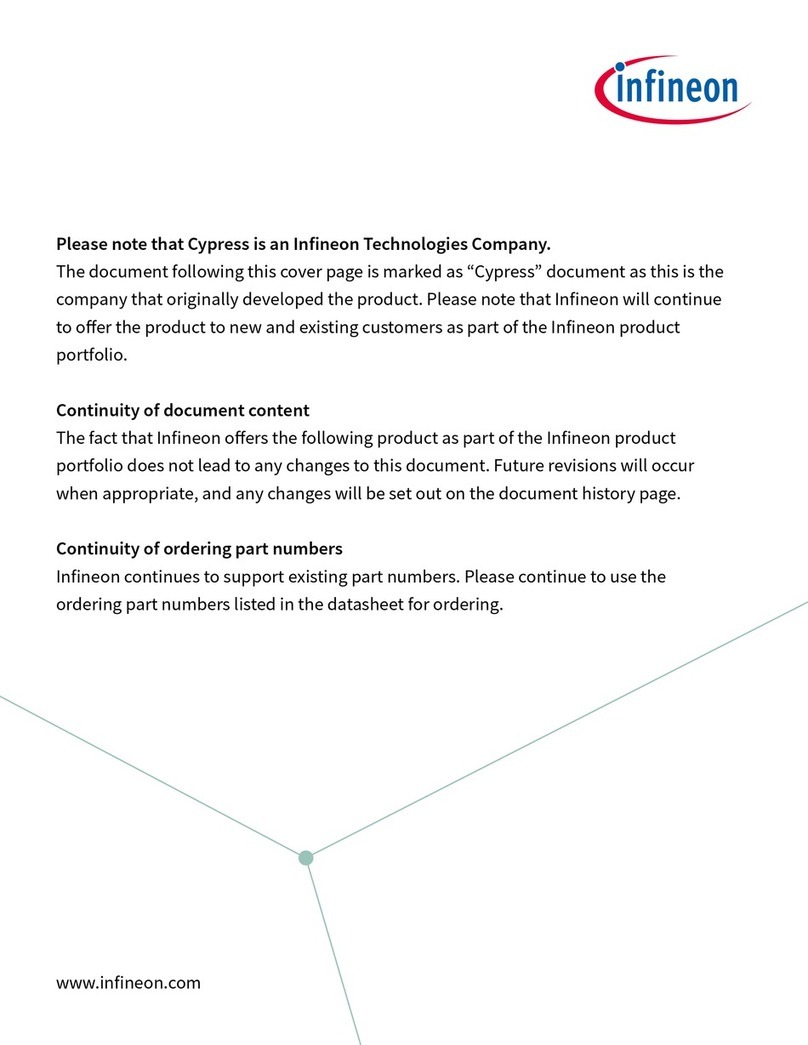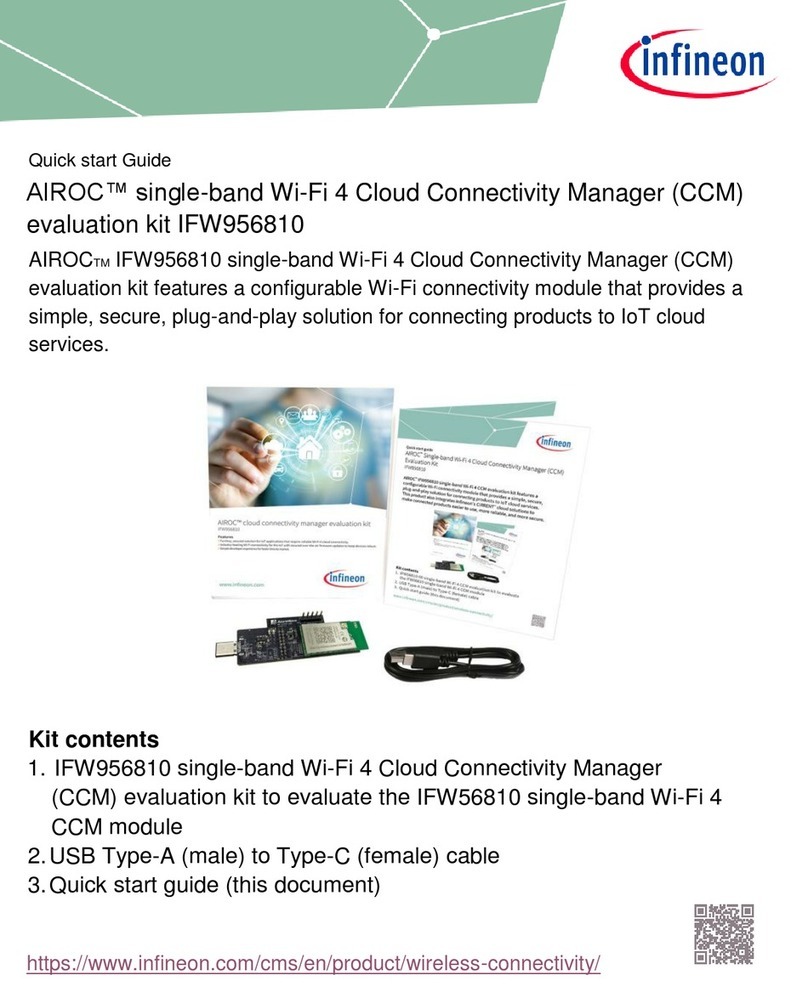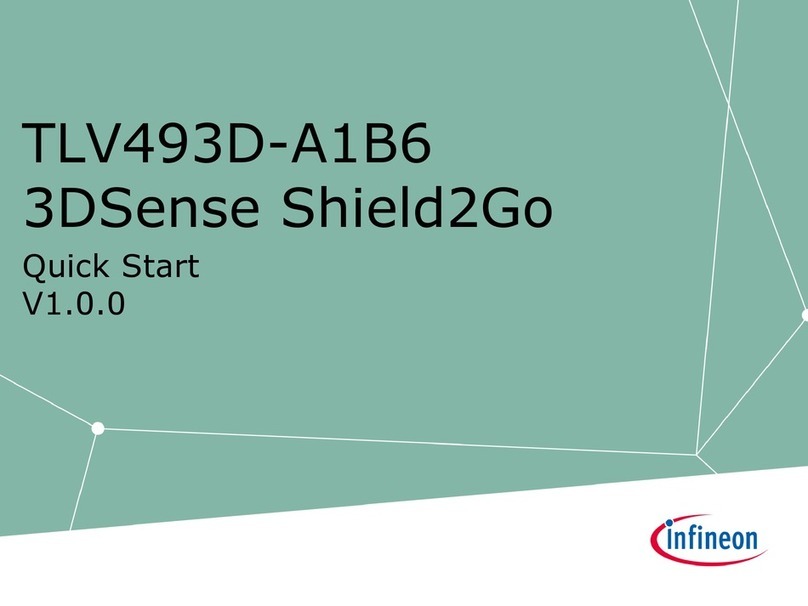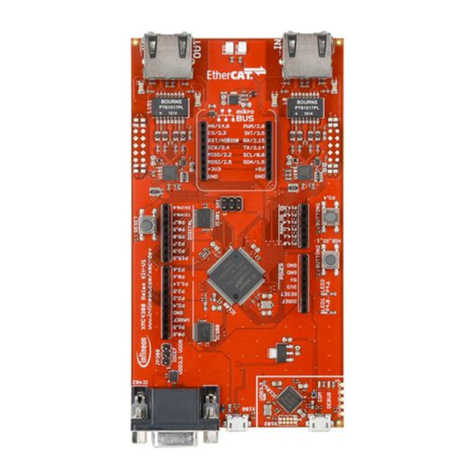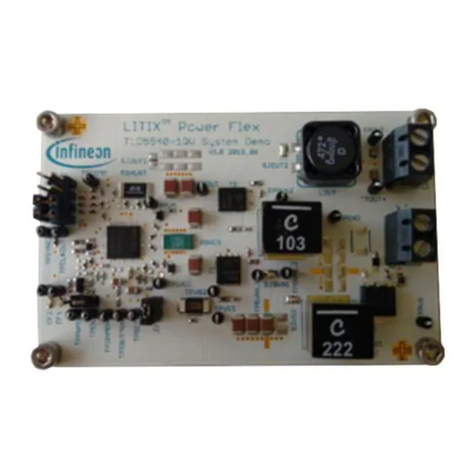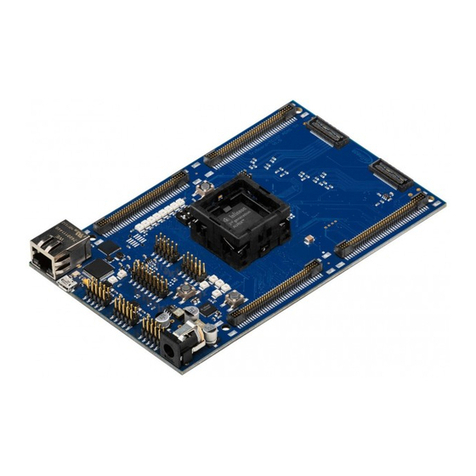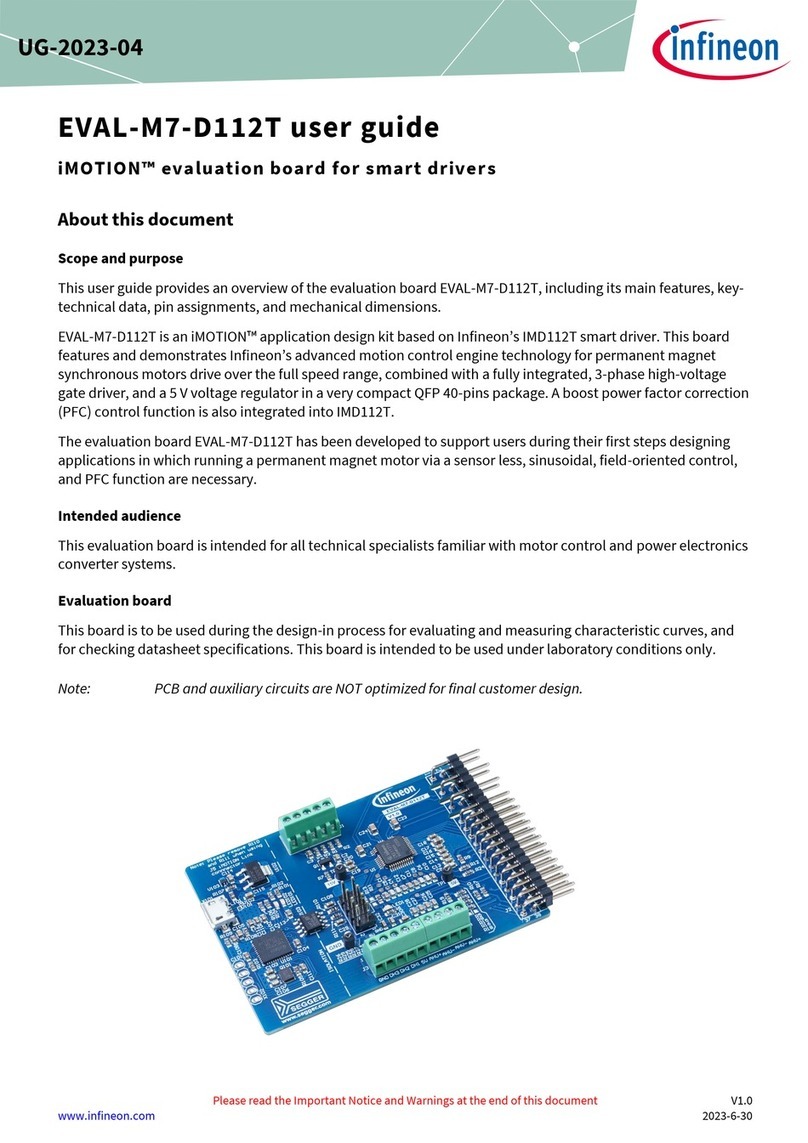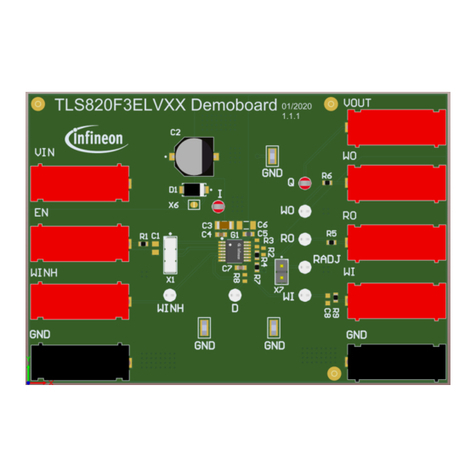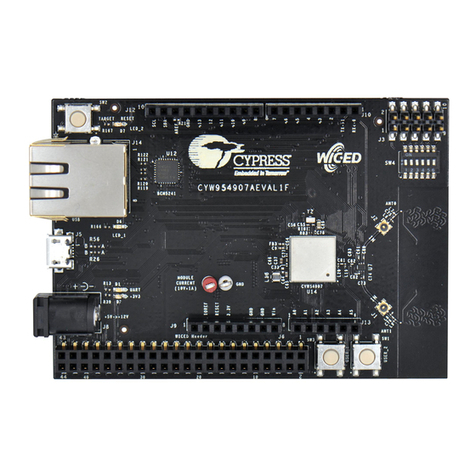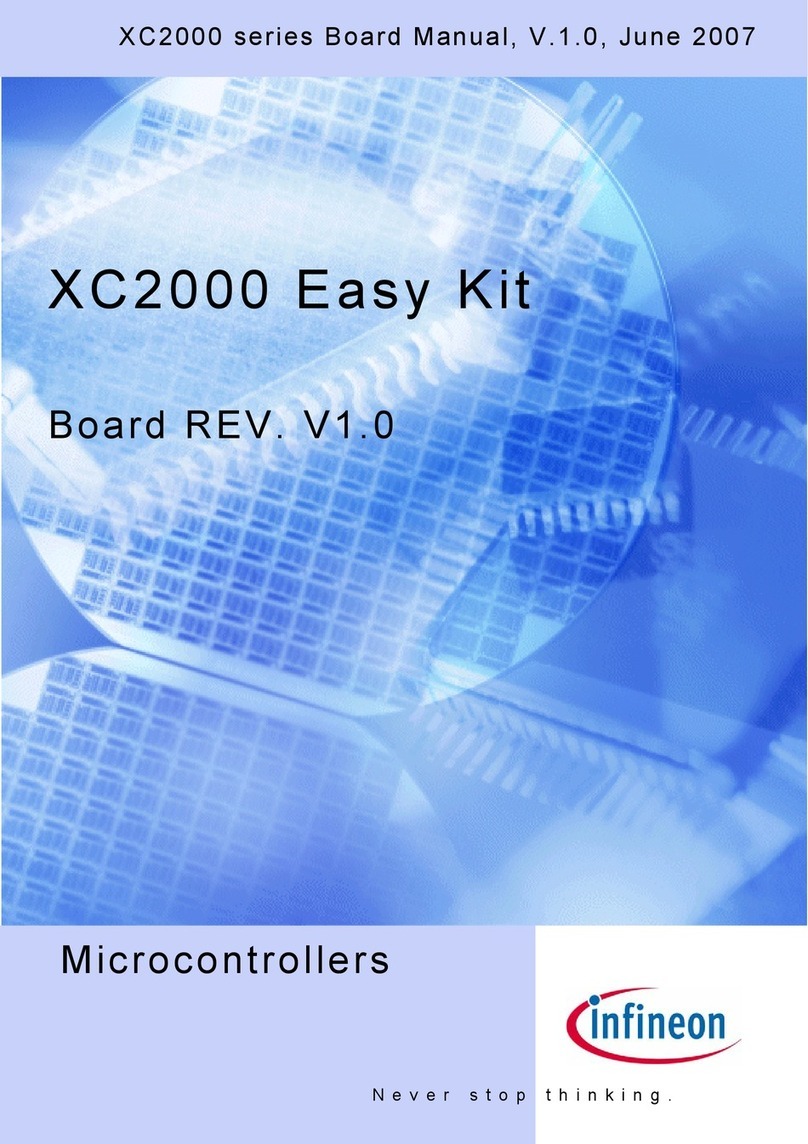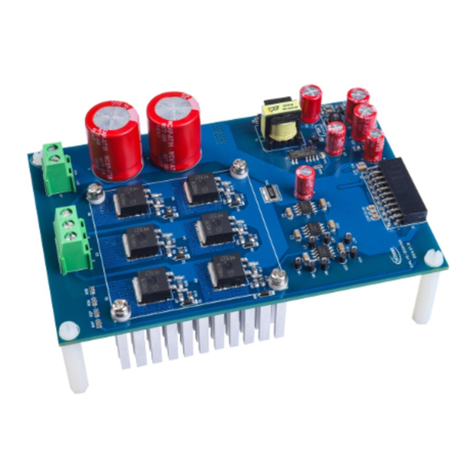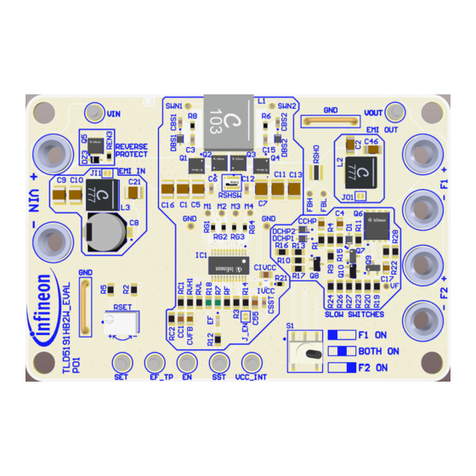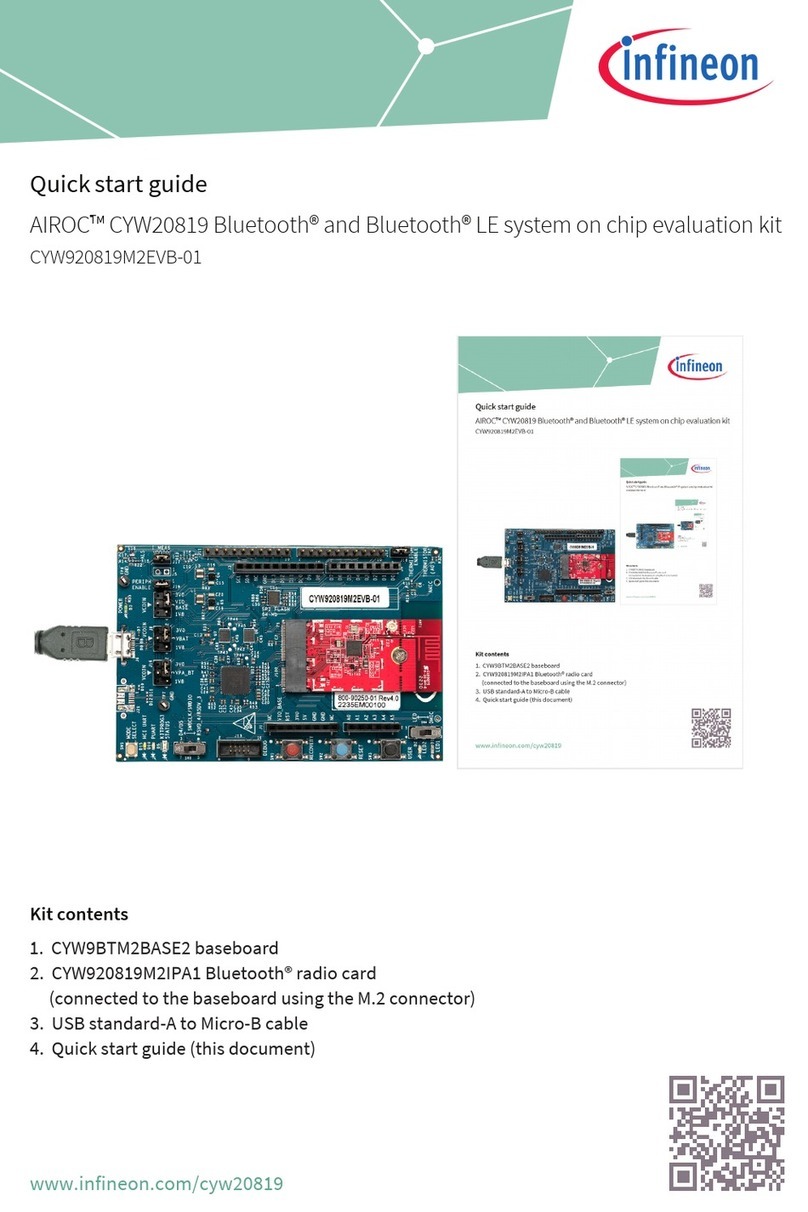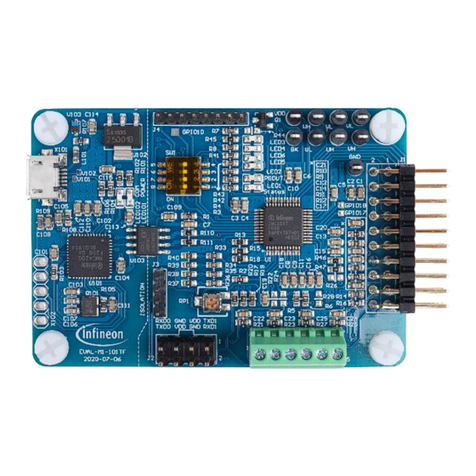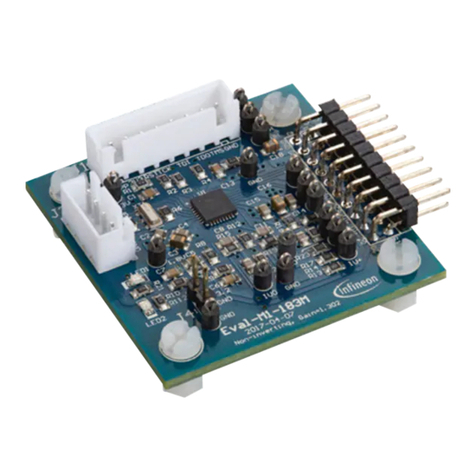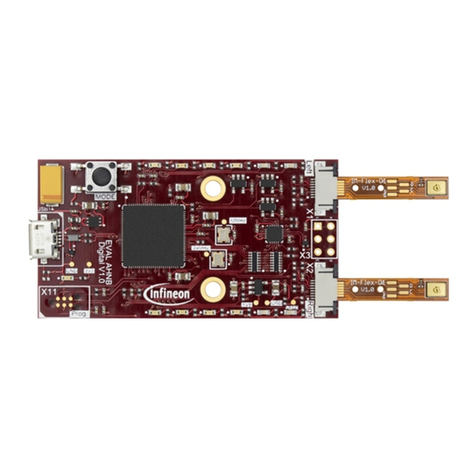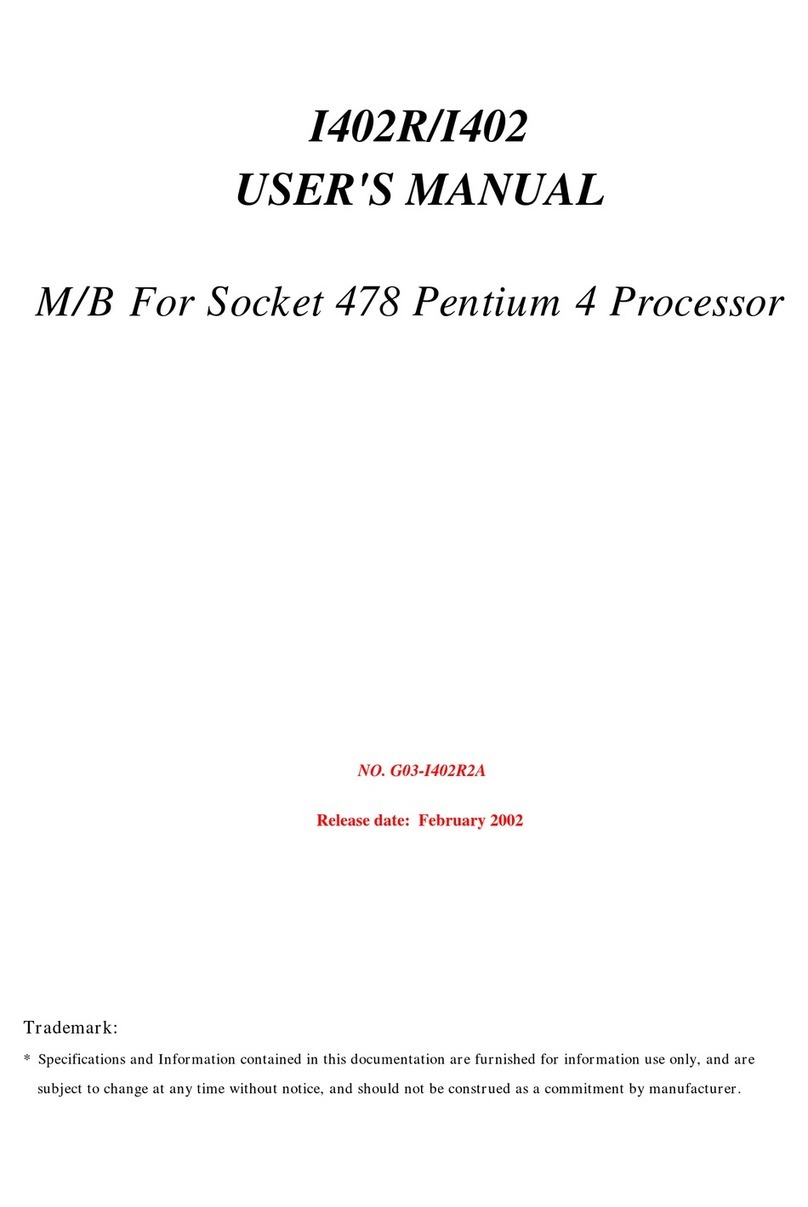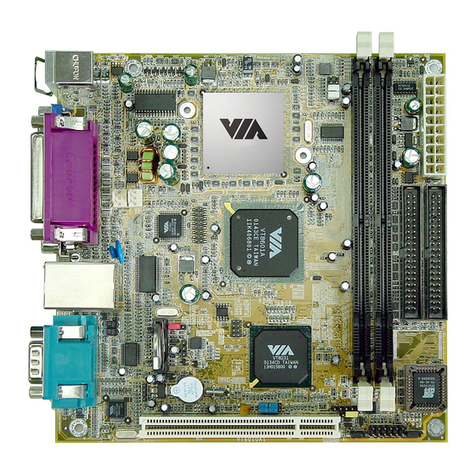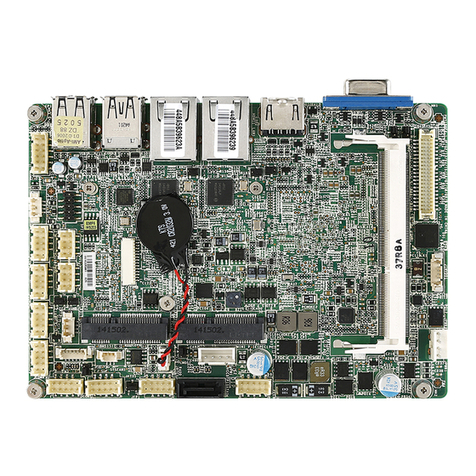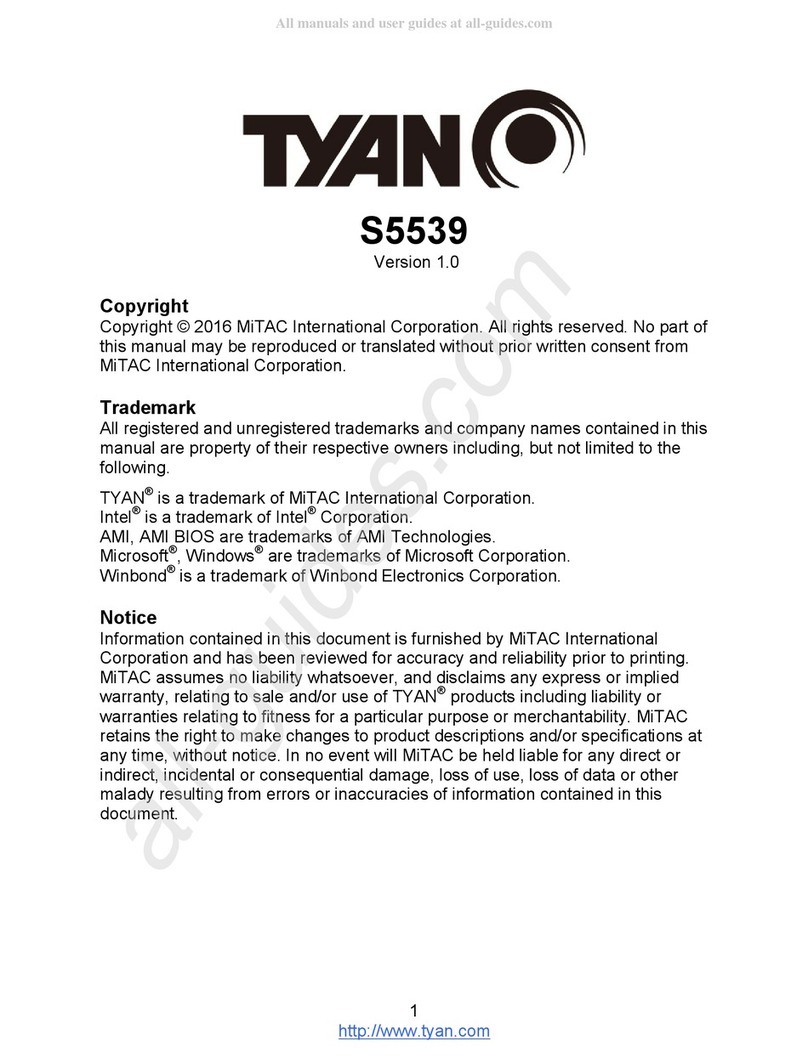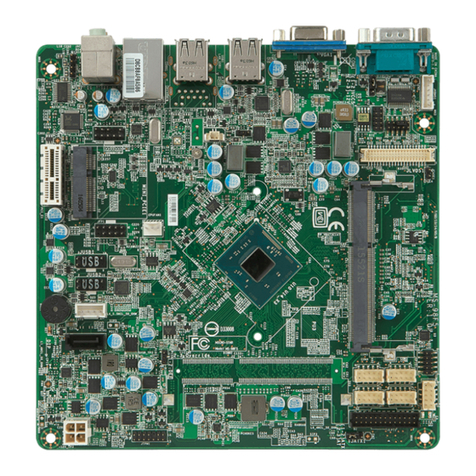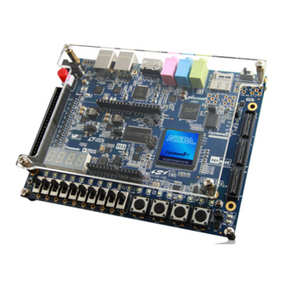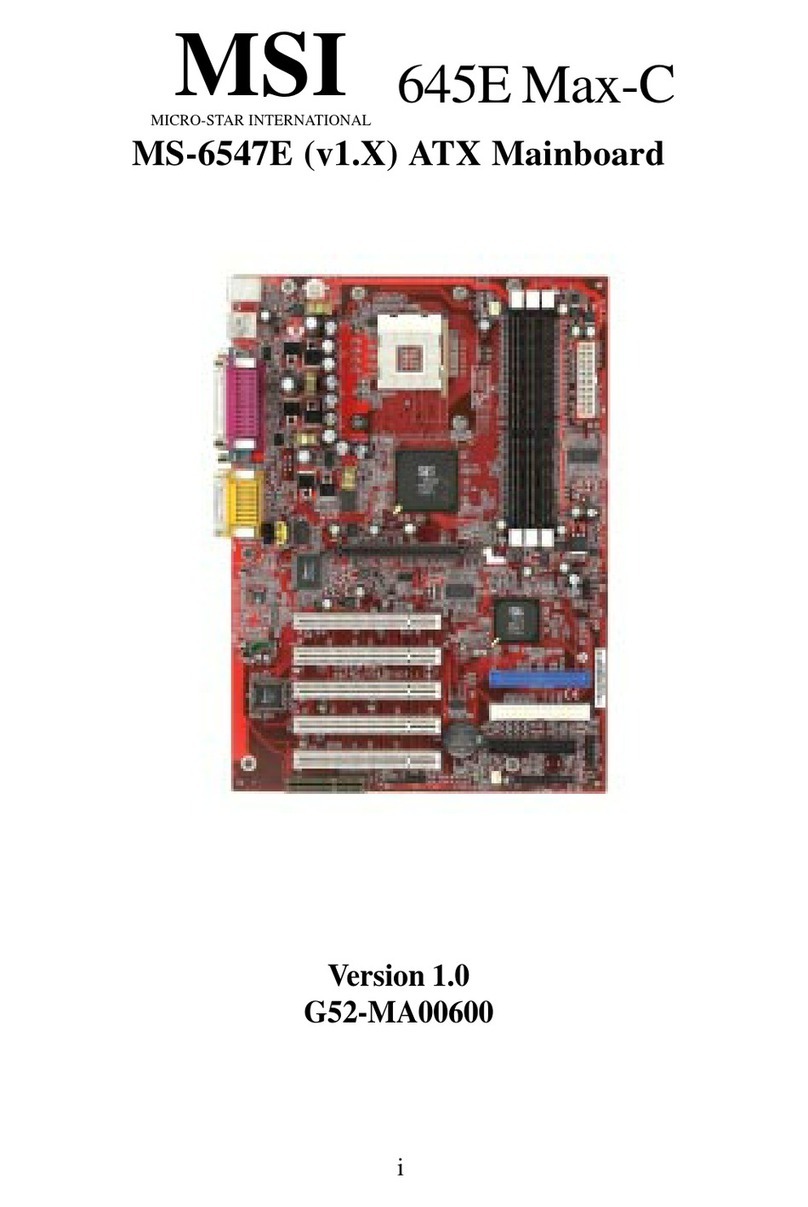1Introduction
The XENSIVTM PAS CO2 sensor is a real carbon dioxide (CO2) sensor in an unprecedentedly small form factor.
Designed on the basis of a unique photoacoustic spectroscopy (PAS) concept, the sensor saves more than 75
percent space compared to existing commercial real CO2sensors. Its direct ppm readings, SMD capability and
simple design allow for quicker and easier integration into customers’ systems in low- and high-volume
applications alike.
The photoacoustic principle can be traced back to over 100 years ago, first discovered by Alexander Graham Bell
in 1880. The photoacoustic effect involves the formation of sound waves (pressure changes) following light
absorption in a material sample. The sound signal is quantified by detectors such as microphones. In order to
obtain this effect, the light intensity must vary. A PAS gas sensor is based on the principle that gases absorb light
in a specific wavelength of the infrared spectrum. CO2molecules, for example, have strong absorption in the λ=
4.2 µm wavelength.
The XENSIVTM PAS CO2 sensor module integrates, on the same PCB, the PAS transducer, a microcontroller for
signal processing, algorithms and a MOSFET. As depicted in the block diagram, the PAS transducer includes: i) a
proprietary infrared emitter with blackbody radiation, which is periodically chopped by the MOSFET; ii) a narrow-
band optical filter passing the CO2specific wavelength λ= 4.2 µm, significantly improving the sensor selectivity
compared to other gases, including humidity; and iii) Infineon’s high-SNR (signal-to-noise ratio) MEMS
microphone XENSIVTM IM69D130, detecting the pressure changes generated by the CO2molecules. All the
components are developed and designed in-house in accordance with Infineon’s high-quality guidelines. The
sensor therefore benefits from Infineon’s illustrious record of accomplishments in MEMS design and acoustic
capabilities, resulting in it being best-in-class for price/performance.
The XENSIVTM PAS CO2 sensor is ideal for smart-home and building automation as well as various indoor air
quality IoT devices such as air purifiers, thermostats, weather stations and personal assistants. The sensor
enables end users to track, understand and improve the air quality surrounding them in a timely and highly
energy-efficient manner.




















